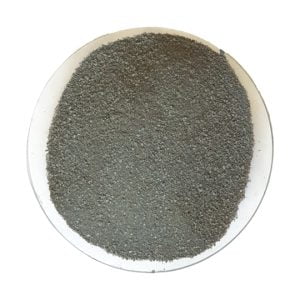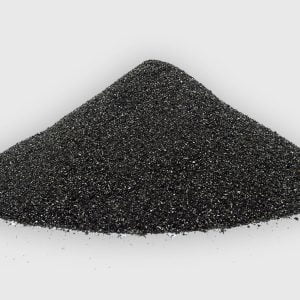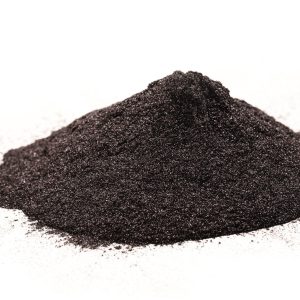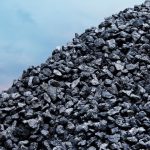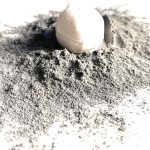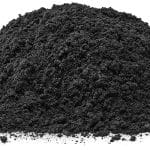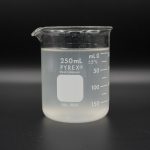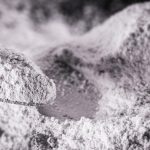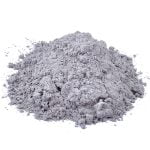Refractories.
جستجوی محصولات
محصولات پر بازدید
توضیحات دسته بندی
Fire products or refractory materials
Definition:
Refractory refers to materials that have a high melting point, are resistant to liquids, solids and corrosive gases and can maintain their properties (physical, chemical and mechanical) at high temperatures.
History:
It is believed that the Phoenicians or the Chinese were the first people to produce refractory clay products. The refractory industry in Iran is very young compared to other industrialized countries. Refractory industry started with the arrival of cement industry in the country and for the first time in 1938, the first refractory factory started working in Tehran.
Application of refractories:
Of all the refractories produced in the world:
– 75% is used in metallurgical industries.
which is 50-60% in steel and cast iron industries and 15-25% in non-ferrous metal production industries
– 5% is used in cement industries.
– 5% is used in ceramic industries (porcelain, tile, glass, brick, etc.).
– 15% is used in other industries such as petrochemical, oil and gas, aerospace, military, etc.
Refractory types:
1- Ceramic
2- Metal
Ceramic refractories are more widely used and metal refractories are used less and the reason for this is:
– Metal refractories are not economical and are more expensive.
– They are less resistant to corrosion and oxidation.
– In terms of density, metals are usually heavier than ceramics and have a lot of weight.
– Metals have higher conductivity and thermal conductivity.
Classification of ceramic refractories: Ceramic refractories are divided according to different criteria:
Based on chemical composition:
– Oxide: combination of metal or semi-metal with oxygen
– Non-oxide: carbides-borides-nitrides-silicides
Based on delay:
Melting point 1580-1780 degrees Celsius
Melting point 1780-2000 degrees Celsius
Melting point more than 2000 degrees Celsius
Based on chemical properties:
– Acidic: they are resistant to melt and acidic compounds. Example: ZrO2-SiO2
– Alkaline: they are resistant to melt and alkaline compounds. Example: MgO-CaO
– Neutral: they are resistant to both acid and base melt and compounds. Example: Al2O3 – SiC
Based on appearance:
– Shaped (types of bricks)
– Amorphous (powder)
Amorphous refractories: the mixture consists of granulated refractory materials and one or more adhesives, which can be used directly after purchase or after adding one or more suitable liquids, for the construction of integrated coatings, repairs and the construction of large parts and shapes. They are used irregularly.
The advantages of these refractories:
– Short production and delivery time
– Saving fuel and energy and low production cost
– Fast and easy installation
– Local and quick repairs
Disadvantages:
– The possibility of mistakes and damage due to improper installation and cooking operations
– Impossibility of detecting defects and problems before consumption
Types of amorphous refractories based on the installation method:
– pourable
– Shaky
– Injectable
– Spray
– knocking


